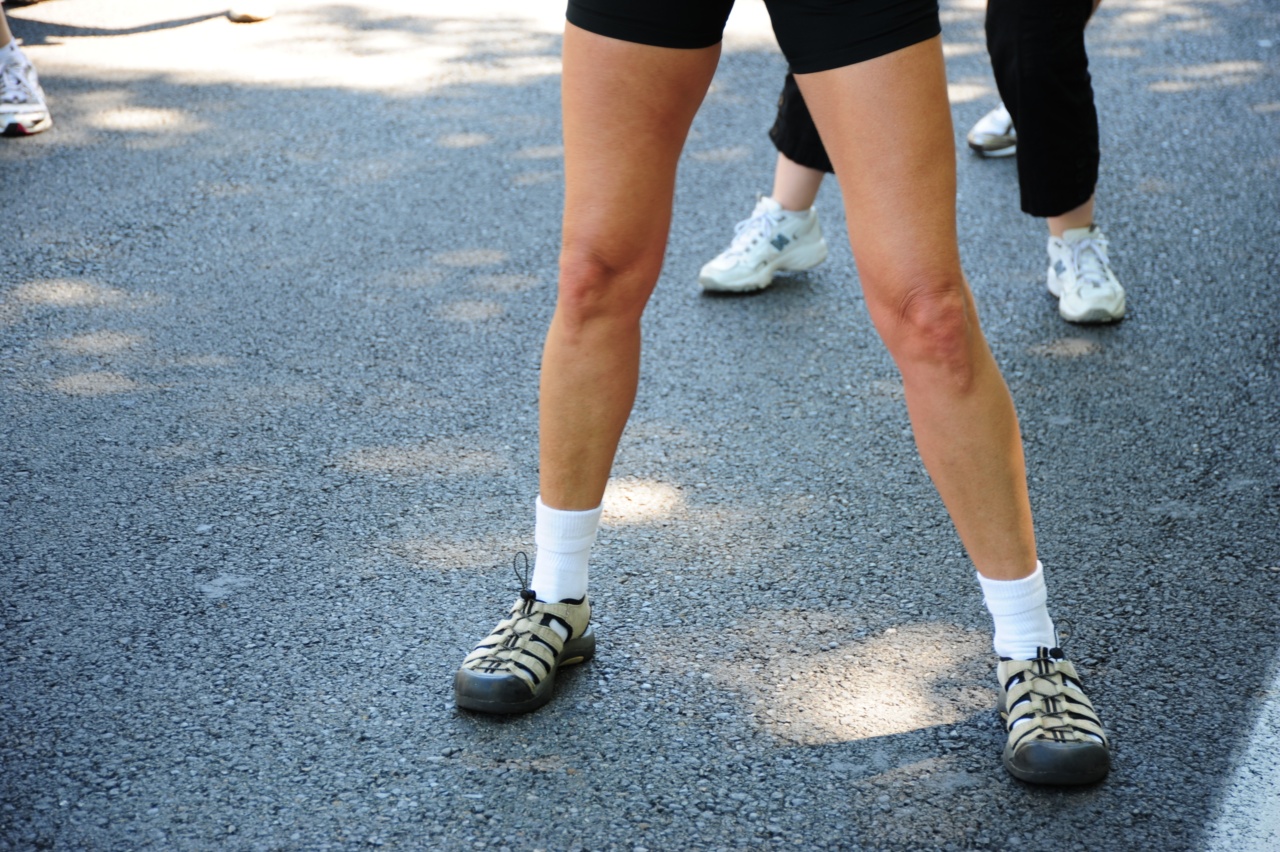Toxicity is a growing problem in today’s world, whether it be through environmental pollutants, unhealthy lifestyles or mental stress.
While we may not be able to avoid all sources of toxicity, we can take steps to mitigate the impact on our bodies. One way to do this is by practicing kidney exercise. In this article, we’ll explore what kidney exercise is, its benefits, and how to do it effectively.
What is Kidney Exercise?
Kidney exercise is a form of qigong, a traditional Chinese practice that focuses on breathing techniques, physical movements, and meditation to promote health and wellbeing.
In Chinese medicine, the kidneys are considered an essential organ system that plays a vital role in maintaining overall health. Kidney exercise is designed to target and strengthen the kidneys, which can help to detoxify the body and improve overall health and vitality.
The Benefits of Kidney Exercise
There are many benefits to practicing kidney exercise, including:.
- Detoxification: By strengthening the kidneys, you can better filter out toxins and waste from the body.
- Increased energy: Strong kidneys can help to boost energy levels and reduce fatigue.
- Improved circulation: Kidney exercise can promote healthy blood flow, which can lead to better overall health and healing.
- Reduced stress: By incorporating deep breathing techniques and meditation into your practice, kidney exercise can help to reduce stress and promote relaxation.
- Better sleep: Kidney exercise can help to regulate sleep patterns, leading to improved quality and duration of sleep.
- Improved digestion: By promoting healthy circulation, kidney exercise can also improve digestion and nutrient absorption.
How to Do Kidney Exercise
Kidney exercise is a gentle form of movement that can be done by people of all ages and fitness levels. Here’s how to get started:.
- Find a quiet, comfortable space where you can practice without distraction.
- Stand with your feet shoulder-width apart and knees slightly bent.
- Place your hands on your lower back, just above your hips, with your palms facing inward.
- Begin to inhale deeply, filling your lungs with air. As you do, push your hands forward and arch your back slightly.
- Hold your breath for a few seconds, then slowly exhale and release your hands back to your sides.
- Repeat this movement for several minutes, focusing on deep, slow breathing.
- As you become more comfortable with the exercise, you can gradually increase the length of your practice.
Tips for Effective Kidney Exercise
If you’re new to kidney exercise, it can be helpful to keep these tips in mind to ensure an effective practice:.
- Focus on your breathing: The key to kidney exercise is deep, slow breathing. Try to inhale and exhale fully and evenly, using your diaphragm to expand your lungs.
- Stay relaxed: Don’t tense up your muscles or hold your breath. Kidney exercise should be gentle and relaxing, helping to release tension and stress from the body.
- Practice regularly: To see the full benefits of kidney exercise, it’s important to practice regularly. Start with a few minutes each day and gradually increase your practice over time.
- Listen to your body: If you feel any pain or discomfort during kidney exercise, stop and rest. Don’t push yourself too hard, and always listen to your body’s needs.
Conclusion
Kidney exercise is a simple yet powerful way to help ward off toxicity in the body. By focusing on deep breathing and gentle movement, we can promote healthy circulation, detoxification, and relaxation, leading to improved overall health and wellbeing.
If you’re looking for a natural way to support your body and improve your health, consider adding kidney exercise to your routine.





























